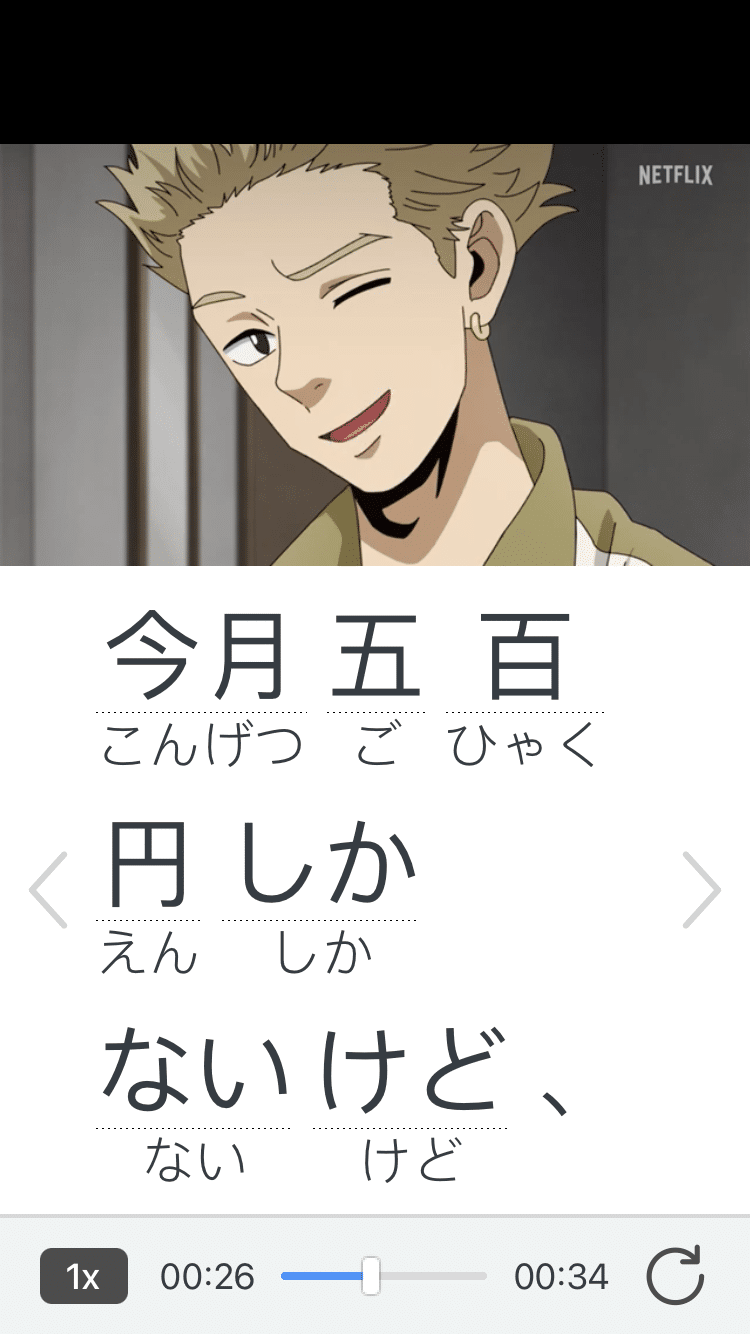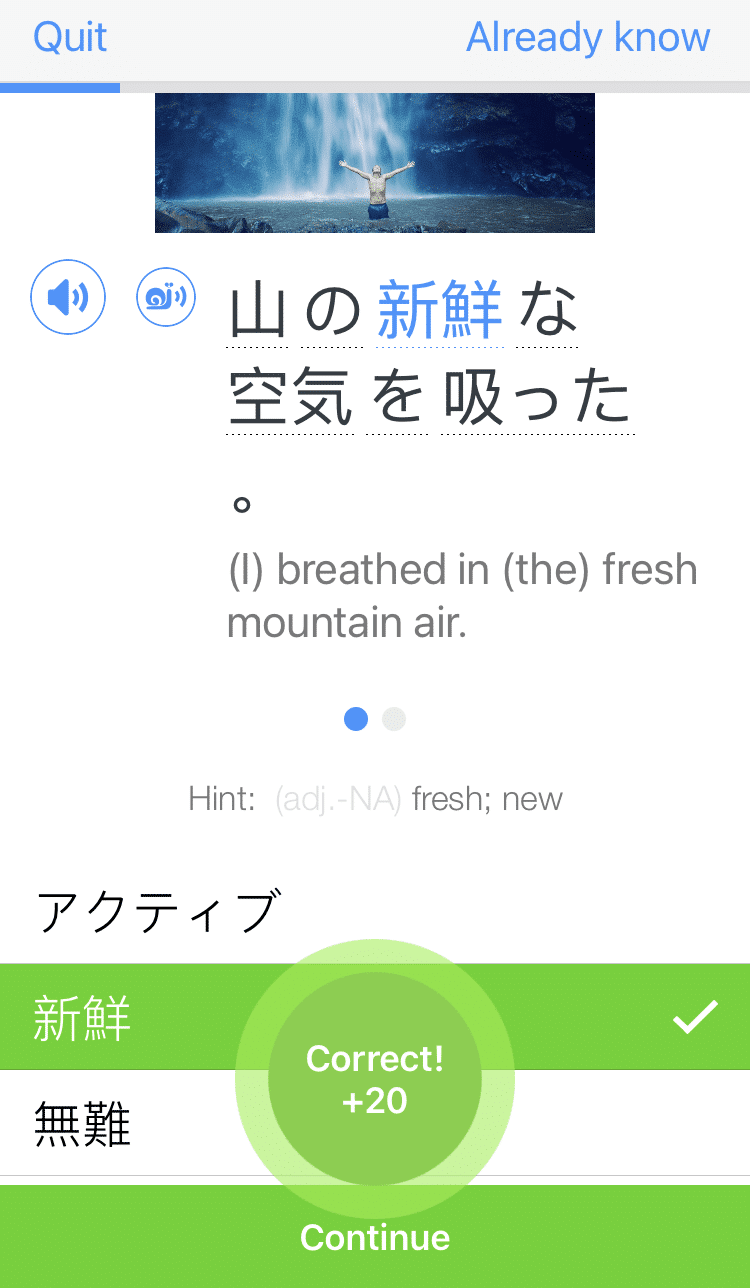8 Japanese Auxiliary Verbs to Boost Your Expressiveness

Looking for a way to speed up your Japanese language progress?
Learning Japanese auxiliary verbs will boost your fluency in a matter of moments.
The best part? These verbs are all based on the basic Japanese vocabulary you already know!
Contents
Download: This blog post is available as a convenient and portable PDF that you can take anywhere. Click here to get a copy. (Download)
An Introduction to Japanese Auxiliary Verbs
First and foremost, we need to discuss what an auxiliary verb is.
In English, auxiliary verbs are used in conjunction with or preceding other verbs to make distinctions between tense, aspect or mood. For example, “Do you like cheese?” “I can dance the salsa” “You really shouldn’t dance the salsa after eating cheese.”
Japanese is no stranger to these classical forms of auxiliary verbs either. For example, see the potential form of verbs (the れる / られる conjugation) or the causative form of verbs (the らせる / させる conjugation).
These two are “classical” auxiliary verbs, and both their conjugations and usages can be tricky. You probably wouldn’t have exposure to them until intermediate Japanese.
あなたはチーズを食べられる?
あなたはちーずをたべられる?
Anata wa chiizu wo taberareru?
Can you eat cheese?
私の猫がチーズを食べた後、猫にサルサを踊らせないでください。
わたしのねこが ちーずをたべたあと、ねこに さるさをおどらせないでください。
Watashi no neko ga chiizu wo tabeta ato, neko ni sarusa wo odorase nai de kudasai.
Please don’t make my cat dance the salsa after she’s eaten cheese.
However! Japanese has a unique sub-class of auxiliary verbs called “helper auxiliary verbs.” These helper auxiliary verbs are really easy to recognize, use and conjugate, and will greatly increase your expressiveness when speaking Japanese.
They are commonly used in written and conversational Japanese, so you’re bound to come across them eventually—especially if you have integrated authentic Japanese language material such as films, television shows, songs and newspapers into your language learning routine.
The only grammatical principle you need to remember is that helper auxiliary verbs always attach to the end of the conjugated verb stem of another verb. Wait…what? Conjugated verb stem? Why, these of course!
食べる => 食べ
使う => 使い
着く => 着き
Many verbs can be used as helper auxiliary verbs, and depending on the usage can add different nuances to their verb stems. Let’s take a look at some ways we can play with this!
The Essential List of Common Japanese Auxiliary Verbs
1. 込む (こむ, komu)
As a verb of its own, 込む means “to be crowded / packed,” and in an abstract sense, it brings this idea of “trying to insert more of something into an already crowded space” to the words it attaches to.
Example #1:
駆ける (かける, kakeru) — to dash / run hurriedly
駆ける+ 込む = 駆け込む — to wildly rush into something – usually a train – at the last second.
Usage:
電車に駆け込むのはお止めください。
でんしゃにかけこむのはおやめください。
Densha ni kakekomu no wa oyame kudasai.
Please don’t rush into the train (as the doors are closing).
Example #2:
考える (かんがえる, kangaeru) — to think
考える + 込む = 考え込む — to think intensely upon something, to brood upon something
Usage:
太郎はみち子が言ったことを考え込んでいるね。
たろうはみちこがいったことをかんがえこんでいるね。
Tarou wa michiko ga itta koto wo kangaekonde iru ne.
Taro is really brooding on what Michiko said.
2. 出す (だす, dasu)
出す may be one of the first few verbs you learn in Japanese, and it should be one of the first few helper auxiliary verbs as well because of its wide usage.
Meaning “to take out,” on its own, when used as a helper auxiliary verb, 出す adds a nuance of “to suddenly start” doing the verb stem.
Example #1:
走る (はしる, hashiru) — to run
走る+ 出す = 走り出す — to suddenly run / to break into a sprint
Usage:
馬たちはベルの音を聞いたら、いきなり走り出した。
うまたちは べるのおとをきいたら、いきなりはしりだした。
Umatachi wa beru no oto wo kiitara, ikinari hashiridashita.
When the horses heard the sound of the bell they suddenly broke into a sprint.
Example #2
食べる (たべる, taberu) — to eat
食べる+ 出す = 食べ出す — to start eating suddenly / to tear into one’s food
Usage:
お腹がひどく空いていたから、たけみはポテトチップスを見た瞬間に食べ出した。
おなかがひどくすいていたから、たけみは ぽてとちっぷすをみたしゅかんにたべだした。
Onaka ga hidoku suiteita kara, takemi wa potetochippusu wo mita shunkan ni tabedashita.
Because he was awfully hungry, Takemi tore into the potato chips the moment he saw them.
3. 直す (なおす, naosu)
直す is a great verb to know, meaning “to fix or repair,” as well as a great helper auxiliary verb. When attached to a verb stem, it means to “re-do” said verb, with the intention of doing it better, or “fixing” something done poorly.
Example #1
書く (かく, kaku) — to write
書く + 直す = 書き直す — to re-write
Usage:
ね、かず、提出したレポートだけど、全然理解できないよ。書き直して。
ね、かず、ていしゅつした れぽーとだけど、ぜんぜんりかいできないよ。かきなおして。
Ne, kazu, teishutsu shita repooto dakedo, zenzen rikai dekinai yo. Kakinaoshite.
Hey, Kazu, I can’t understand a thing about the report you submitted. Re-write it.
Example #2
やる— to do
やる + 直す = やり直す— to re-do
Usage:
完成した後、橋の基盤は根本的に弱いと見られ、やり直しと判断された。
かんせいしたあと、はしのきばんは こんぽんてきによわいとみられ、やりなおしと はんだんされた。
Kansei shita ato, hashi no kiban wa konponteki ni yowai to mirare, yarinaoshi to handan sareta.
After its completion, the bridge was recognized to be fundamentally weak in its foundation, and determined to be in need of being redone.
*Note: やり直し is the noun form of やり直す.
4. 過ぎる (すぎる, sugiru)
If you’re trying to 入れ込む (wait…入れる + 込む? of course! “to cram/stuff”) these verbs into your head, give priority to this one.
It is hands down the most useful of all the helper auxiliary verbs! 過ぎる on its own means “to pass / exceed / surpass,” and adds this sense to verb stems, implying that the verb was “done too much”
Example #1
飲む (のむ, nomu) — to drink
飲む + 過ぎる = 飲み過ぎる — to drink too much
Usage:
A: うぅわぁぁぁ...すっごく飲み過ぎたよぅ...気持ち悪い。
うぅわぁぁぁ...すっごくのみすぎたよぅ...きもちわるい。
Uuwaaa…suggoku nomisugita yoo…kimochi warui.
Ooohh…. I drank waaay too much… I feel terrible.
B: あら?お酒飲んでた?
あら?おさけのんでた?
Ara? Osake nondeta?
What? You were drinking alcohol?
A: いや、牛乳だよ。牛乳を飲み過ぎた。
いや、ぎゅうにゅうだよ。ぎゅうにゅうをのみすぎた。
Iya, gyuunyuu dayo. Gyuunyuu wo nomisugita.
No, milk. I drank too much milk.
Example #2
泣く (なく, naku) — to cry
>泣く + 過ぎる = 泣き過ぎる — to cry too much
Usage:
あの子は泣き過ぎて、のどが痛くなった。
あのこは なきすぎて、のどがいたくなった。
Ano ko wa nakisugite, nodo ga itaku natta.
That child cried too much and now his throat hurts.
5. 忘れる (わすれる, wasureru)
忘れる, “to forget,” is another really easy one, as it adds only the meaning of “having forgotten to do” to any verb stem.
Example #1
飲む (のむ, nomu) — to drink
飲む+ 忘れる = 飲み忘れる — to forget to drink / to forget to take one’s medicine
Usage:
薬を飲み忘れた!
くすりをのみわすれた!
Kusuri wo nomiwasureta!
I forgot to take my medicine!
Example #2
言う (いう, iu) — to say
言う+ 忘れる = 言い忘れる — to forget to say something
Usage:
ちょっと待って!言い忘れたことがあります!
ちょっとまって!いいわすれたことがあります!
Chotto matte! Iiwasureta koto ga arimasu!
Wait a second! There’s something I forgot to say!
6. 残す (のこす, nokosu)
Another easy one! 残す, meaning “to leave something,” as a helper auxiliary implies that the verb has not been completed, or has been “left” incomplete (usually intentionally).
Example #1
食べる (たべる, taberu) + 残す = 食べ残す — to leave food uneaten / to not finish one’s food
Usage:
みきちゃんはまた人参を食べ残している!あの子一体どうしたらいいのかな...
みきちゃんは またにんじんをたべのこしている!あのこ いったいどうしたらいいのかな...
Miki chan wa mata ninjin wo tabenokoshiteiru! Ano ko ittai doushitara iino kana…
Miki-chan didn’t finish her carrots again! What in the world should I do with that child…
Example #2
言う (いう, iu) + 残す = 言い残す— to intentionally leave something unsaid
Usage:
政治家のスピーチは素晴らしかったが、同時に何か言い残していたように感じました。
せいじかのすぴーちは すばらしかったが、どうじに なにかいいのこしていたようにかんじました。
Seijika no supiichi wa subarashikatta ga, douji ni nanika iinokoshiteita you ni kanji mashita.
The politician’s speech was fantastic, but at the same time it felt like he was leaving something unsaid.
7. 切る (きる, kiru)
切る means “to cut,” and it is helpful to keep this in mind when using it as a helper auxiliary verb, as when added to another verb it adds the meaning of “to finish completely” said verb.
Example #1
食べる (たべる, taberu) + 切る = 食べ切る— to finish eating, as in “to eat all the food”
Usage:
山下君は3個目のアイスを食べ切った後、大きな後悔に襲われた。
やましたくんは さんこめのあいすをたべきったあと、おおきなこうかいにおそわれた。
Yamashita kun wa sankome no aisu wo tabekitta ato, ookina koukai ni osowareta.
After completely finishing his third ice cream, Yamashita-kun was shrouded in a deep sense of regret.
Example #2
飲む (のむ, nomu) + 切る = 飲み切る — to drink all of one’s drink
Usage:
山下君は3杯目のビールを飲み切った後、酔ってしまった。
やましたくんは さんばいめのびーるをのみきったあと、よってしまった。
Yamashita kun wa sanbaime no biiru wo nomikitta ato, yotte shimatta.
After completely finishing his third beer, Yamashita-kun was drunk.
8. 続ける (つづける, tsuzukeru)
続ける is a great helper auxiliary verb to have in your pocket, as it only adds the literal meaning of 続ける (to continue) to the verbs it attaches to, and it can be added to pretty much any verb you can think of!
Example #1
話す (はなす, hanasu) — to talk
話す+ 続ける = 話し続ける — to keep talking / to continue talking
Usage:
上院議員が話し続けて、話し続けて、話し続けて、議事妨害が成功した。
じょういんぎいんが はなしつづけて、はなしつづけて、はなしつづけて、ぎじぼうがい がせいこうした。
Jouingiin ga hanashitsuzukete, hanashitsuzukete, hanashitsuzukete, gijibougai ga seikou shita.
The senator continued to talk and talk and talk, and his filibuster succeeded.
Example #2
する — to do
する + 続ける = し続ける — to keep doing / to continue doing
Usage:
勤勉なサラリーマンは、次の日まで仕事をし続けた。
きんべんな さらりーまんは、つぎのひまでしごとをしつづけた。
Kinben na sarariiman wa, tsugi no hi made shigoto wo shitsuzuketa.
The diligent salaryman continued working until the next day.
These have been eight examples of helper auxiliary verb usage, but there are many more! Hopefully, now that you are aware of them, you’ll start recognizing them in Japanese songs, dramas and other Japanese content.
So get comfortable using them, and try to slip some into your next language exchange!
Download: This blog post is available as a convenient and portable PDF that you can take anywhere. Click here to get a copy. (Download)
And One More Thing...
If you love learning Japanese with authentic materials, then I should also tell you more about FluentU.
FluentU naturally and gradually eases you into learning Japanese language and culture. You'll learn real Japanese as it's spoken in real life.
FluentU has a broad range of contemporary videos as you'll see below:

FluentU makes these native Japanese videos approachable through interactive transcripts. Tap on any word to look it up instantly.

All definitions have multiple examples, and they're written for Japanese learners like you. Tap to add words you'd like to review to a vocab list.

And FluentU has a learn mode which turns every video into a language learning lesson. You can always swipe left or right to see more examples.

The best part? FluentU keeps track of your vocabulary, and gives you extra practice with difficult words. It'll even remind you when it’s time to review what you’ve learned. You'll have a 100% personalized experience.
Start using the FluentU website on your computer or tablet or, better yet, download the FluentU app from the iTunes or Google Play store. Click here to take advantage of our current sale! (Expires at the end of this month.)







